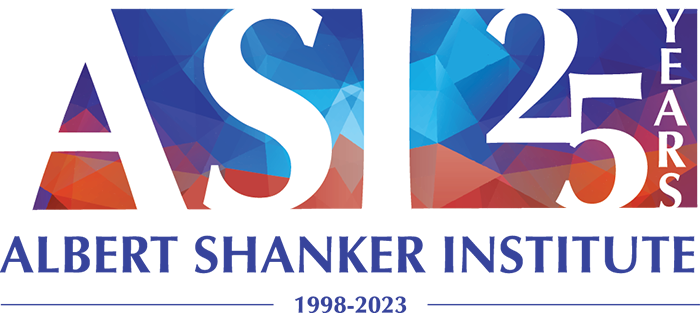Celebrating 20 Years of AFT Collaboration with PBS Public Television Station WETA on Colorín Colorado!
Guest author AFT Educational Issues Director Giselle Lundy-Ponce has been working in the field of PreK-12 education policy, research and advocacy for the last thirty-two years. In 2004 she initiated the partnership with the public television station WETA’s Learning Media Department to develop Colorín Colorado. Now with so much attention to the Congressional threat to defund public television, the story of 20 years of a successful partnership between AFT and public television station WETA -— to better meet the literacy needs of English language learners, their families, and their teachers -— is more important to tell than ever.
In 2005, the AFT announced that it was launching Colorín Colorado, an online resource hub, to provide educators of English language learners (ELLs) with evidence-based resources, best practices, and information to help their students read and succeed. At the time of the launch, we recorded 400 visitors to the site, and we were pleased because we were reassured that we were meeting a need. Fast forward to today, we are thrilled beyond words that the initial 400 visitors have grown to over 3.5 million. When Colorín Colorado was launched, it was limited: We were almost exclusively a PK-3 website focused on literacy instruction, and the target audience was primarily educators and families of Spanish-speaking ELLs.
Now we offer resources that span the PK-12 range, and the content of the website is applicable to ELLs from all language backgrounds. While many of the website’s resources are still available in Spanish, and we refer to the website as bilingual, we have added family literacy tip sheets in sixteen languages. Every year, we have kept growing and expanding beyond the literacy scope and are now the main clearinghouse for what works for ELLs in content areas across all academic subjects, social-emotional development, how to address trauma in the classroom, and a whole host of other topics on ELL instruction and ELL well-being.
